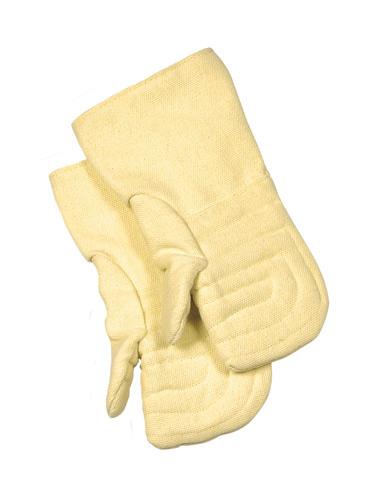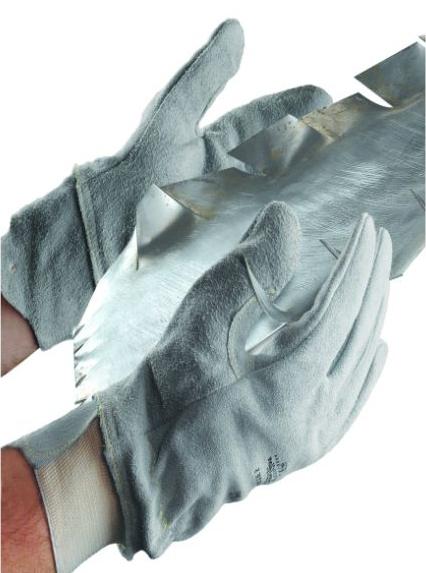Kevlar is a synthetic fiber whose scientific name is "aramid-polyparaphenylene-terephthalamide." In 1965, it was developed by the American company DuPont. Due to its high strength (3620 MPa), unique protective properties, low weight and ductility, Kevlar has been widely used in various fields. This material is able to withstand prolonged shock and other loads without completely deforming.

Since the 1970s, safe and reliable under extreme conditions, Kevlar has been put into commercial production. However, at the very beginning it was developed for the reinforcement of car tires, in order to increase their strength and reduce weight. Now they continue this successful practice, as well as reinforcing fiber-optic and copper cables to prevent them from breaking and stretching, mixed fabrics - to give resistance to cutting and abrasive influences. In particular, protective inserts in the clothing of athletes and military, helmets and protective Kevlar gloves are made from such fabrics. The armies of many countries of the world took Kevlar into service and, using its mechanical properties, are actively used in military equipment and in security services. A striking example of this use are bulletproof vests.

All products from Kevlar have high heat resistance and resistance to acids and alkalis. An excellent solution is thread gloves with Kevlar thread: in hazardous and hazardous work, which is associated with the possibility of cuts with glass or sheet metal, constant contact with hot objects (up to 100 ° C), in the food industry, machinery, glass transportation and other activities irreplaceable. Kevlar gloves are just designed to protect hands from cuts during, for example, mass
cutting of fish, poultry, meat, fruits and vegetables. They are light and comfortable - the hands in them “breathe”, flexible enough to maintain the sensitivity of the hands and allow you to work with small parts, as well as provide excellent grip - wet (oiled) and dry.
These gloves are available without a single seam and in different sizes, so that everyone can purchase this simple remedy. Kevlar gloves can be used not only as ordinary gloves, but also as a lining, and as technical ones. They do not require special care. You can
wash them at 40 ° C with neutral
detergents, and you need to dry them at room temperature. If you wish, you can turn them over to dry cleaning. After repeated use and washing, Kevlar gloves (gloves) retain their protective properties, shape and appearance, and therefore their service life is quite long.
Well-proven in various activities, Kevlar is also used in sports. Skiers, car racers, motorcyclists and baseball players are happy to use Kevlar gloves. Their rigidity, impact resistance and heat resistance can reduce the number of injuries or even avoid them.
But Kevlar along with the undeniable advantages has a number of disadvantages. At fairly high temperatures (430-480 ° C), it decomposes, and at temperatures above 150 ° C it loses its strength. The heating rate and its duration, of course, also play a role. So, after 70 hours of exposure at a temperature of about 250 ° C, Kevlar gloves will lose 50% of their strength. At low temperatures (up to -190 ° C), on the contrary, strength and elasticity are preserved. But in everyday life it is impossible to create conditions in which the molecular structure of Kevlar is destroyed.